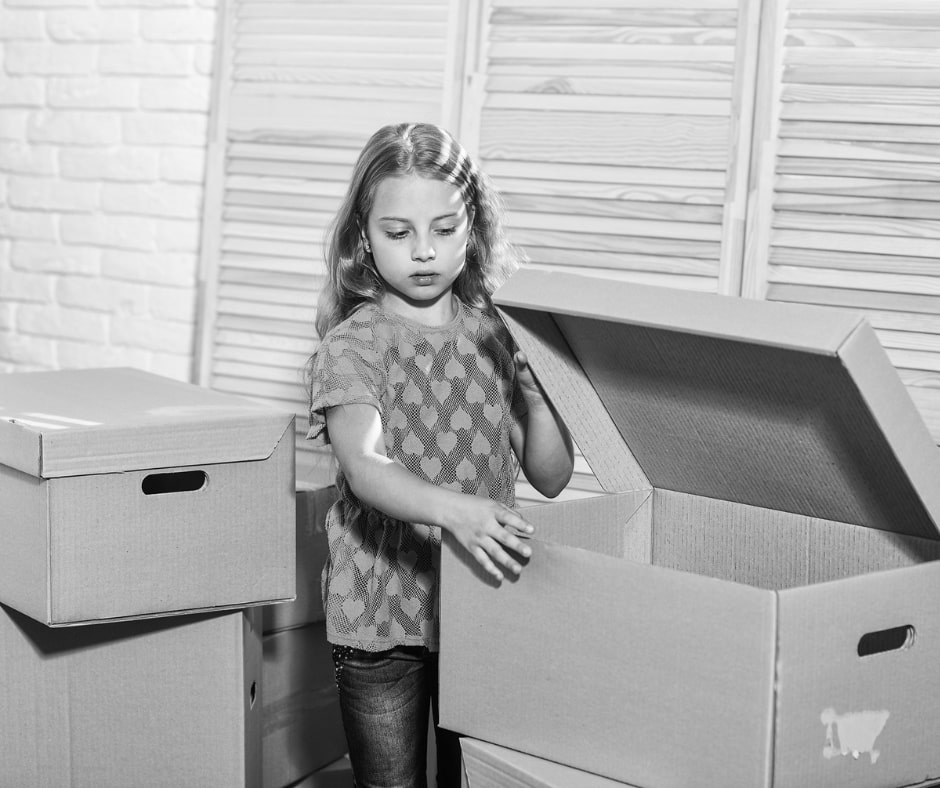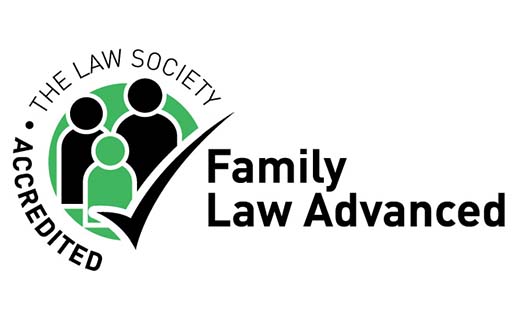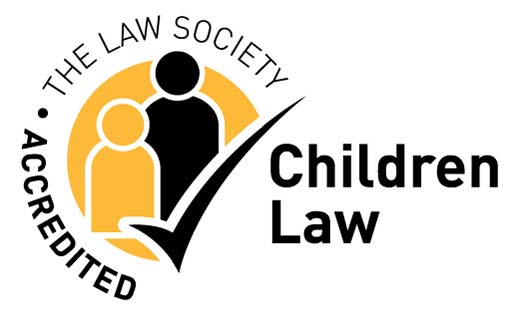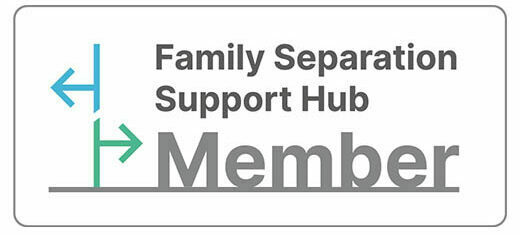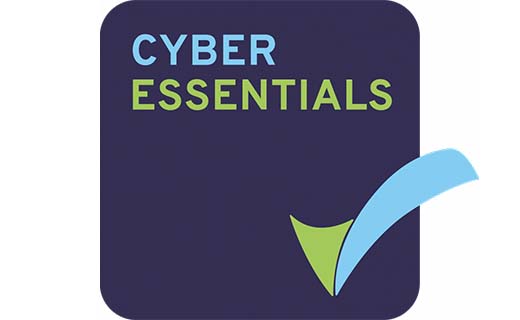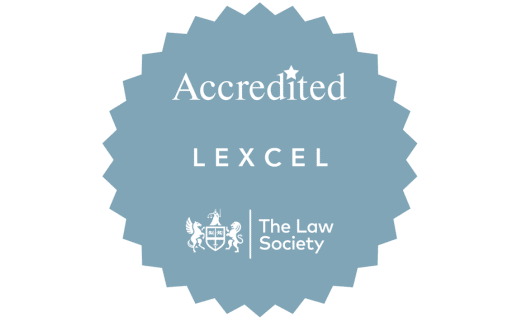When parents can’t agree where a child/children should live, or how they should spend their time with each of the parents, it may be necessary to apply for a child arrangements order to ask the court to resolve the dispute.
Of course, it’s better for everyone if these kinds of decisions can be made outside of court, but this is not always possible in every situation.
We understand that going through a child arrangements order process can be stressful, especially when there’s potential evidence of domestic abuse putting you and your child/children at risk.
If you find yourself in this situation, here’s everything you might need to know about child arrangements orders when domestic abuse/violence is involved.
What is a child arrangement order?
A child arrangement order is an order decided on by the courts that identifies where a child/children should live and how they spend time with each of their parent/s.
In situations where domestic abuse is involved, one parent can apply for a child arrangements order that limits the amount of contact the child/children has with their other parent, and restricts the nature of the contact to ensure it is safe for both parent and child.
What is classed as domestic abuse?
In recent years the definition of domestic violence has been broadened in attempts to improve the protection of victims.
Under PD12J Child Arrangements and Contact Orders: Domestic Abuse and Harm, domestic abuse can include:
● Physical or sexual abuse
● Violent or threatening behaviour
● Controlling or coercive behaviour
● Economic abuse
● Psychological or emotional abuse
Who can apply for a child arrangement order?
Anyone with parental responsibility can apply for a child arrangements order to protect a child/children who may be at risk of domestic violence. These can include:
● Their mother
● Their father, if married to their mother, or named on the child’s birth certificate
● Someone with court ordered parental responsibility
Otherwise, anyone with permission of the court to apply.
What’s the process of applying for a child arrangements order?
If you’re applying for a child arrangement order to the court to protect a child/children from domestic abuse, the process will generally go through the following steps:
1. In some cases, you would have to engage in a MIAM (Mediation Information and Assessment Meeting) where a mediator will try and settle the situation before going to court. However, when domestic abuse is involved, you will be exempt from having to follow this step.
2. You will have to submit an application to the court with the help of your family solicitor.
3. The other parent will receive a copy from the court and the case will be listed for a hearing
4. Before the first hearing, both parents will be subject to safeguarding checks, which would include intervention by the police and social services
5. You will attend the first hearing, when the court will decide how to progress the case, whether any order needs to made on an interim (temporary) basis, and how the allegations of domestic abuse can be investigated
6. You will have the opportunity to provide a written statement to the court that should be as detailed as possible about domestic abuse, or the threat of domestic abuse and how it could affect the child/children.
The court will always ensure that any decision in respect of the child does not expose them to harm.
When being asked to make a child arrangements order (where a child should live and how they should spend their time with the parents), the court could also make other orders, such as:
● Specific Issue Order which will decide specific details about how the child/children will be cared for. This could include things like where they go to school or whether a parent has the right to change the child/children’s surname.
● Prohibited Steps Order which puts into place rules about actions parents are allowed to take in relation to the child/children. This can include actions like prohibiting a parent from taking the child/children outside the country
What are the court fees for a child arrangements order?
To apply for a court order, you must pay court fees of £232. You may be eligible to receive financial support to help pay these fees if you’re on benefits or a low income.
What happens if there’s a breach of child arrangement order in the UK?
A court order is legally binding and will be dealt with seriously if there are any breaches. Despite the severity of the consequences, some parents will still refuse to follow what was set out in the order.
If this happens to you, you can apply to the court to enforce the order. When you apply, the court will consider the reason for the breach and will decide on the best course of action to take.
The punishment that comes with breaching a court order will depend greatly on what kind of breach took place. The parent may sometimes be asked to pay a fine or cover any financial losses that were incurred as a result of their breach.
In some more extreme cases, like where the child/children were put in danger or faced domestic abuse, the breach could result in a prison sentence.
Can the police enforce a child arrangements order?
Court orders are enforced by the court and fall under family law, so if there have been breaches you will have to go back to the court if you want it to be enforced.
The police are not able to enforce what’s been set out in a child arrangements order. However, if your child is in danger, you should always call the police in an emergency to ensure the safety of you and your children.
Can a child arrangements order be changed?
Although the decisions that the court makes in relation to a child arrangements order is binding, we understand that sometimes situations may change, and you might need to update or remove certain parts of the order.
Some of the reasons for changing a child arrangements order include:
● The needs of your child/children have changed since the order was put in place
● You’re unable to fulfil contact with your child in the way the original order set out due to factors like your employment, health etc.
When it comes to changing the child arrangements order, you will have to make an application to the court that outlines what needs to be changed and why it’s in the best interests of your children.
You should normally get consent from the other parent about the changes you would like made to the court order, but this is not always possible–especially when domestic abuse is involved.
The court will consider the changes that you’re requesting, and if these changes are in the best interests of your child/children, the order will be varied accordingly.
Specialist legal advice on child arrangements orders in the UK
At the National Legal Service, we know that applying for a child arrangement order can be especially stressful for all parties.
With our specialist team of family solicitors and years of experience, we can ensure a smooth and quick process to put forward your case in the best possible light.
Having a solicitor by your side gives you the best chance of a positive outcome and will also give you access to the best legal advice to decide the best process for you and your children.
If you’d like to talk to us about a child arrangements order, or if you just need some advice on what options are available to you, get in touch with us today.


